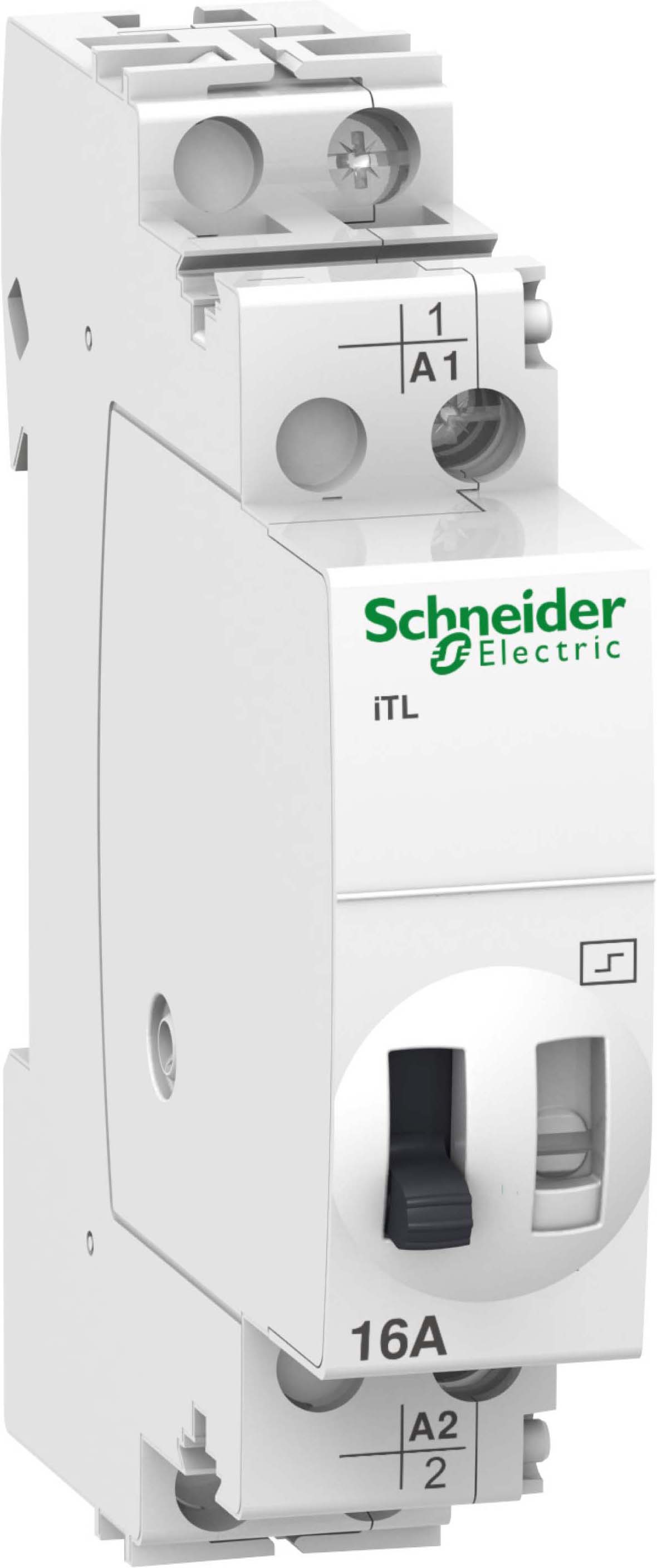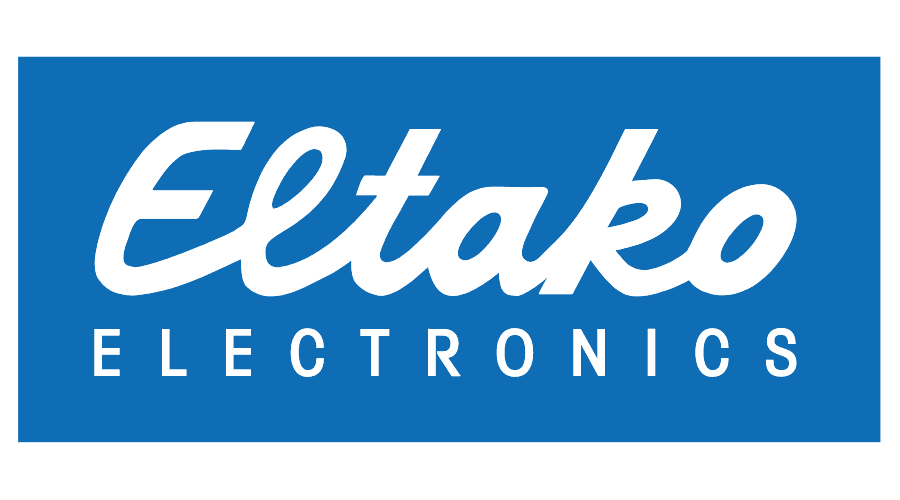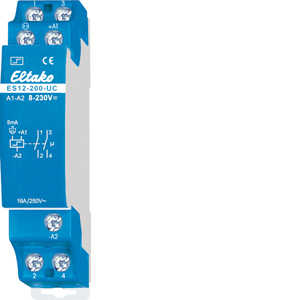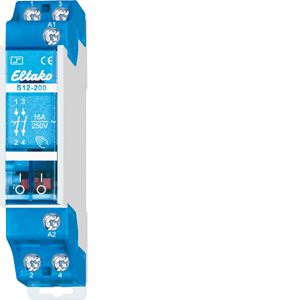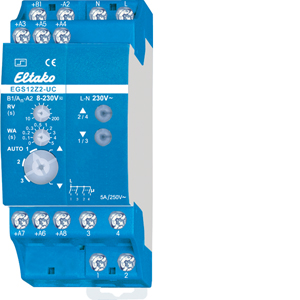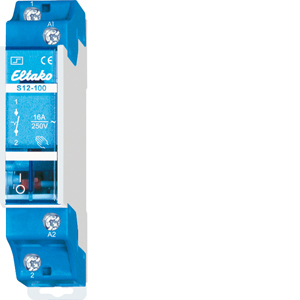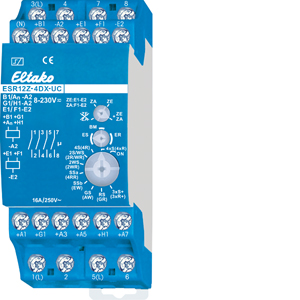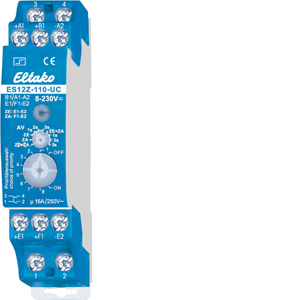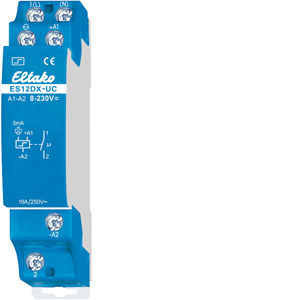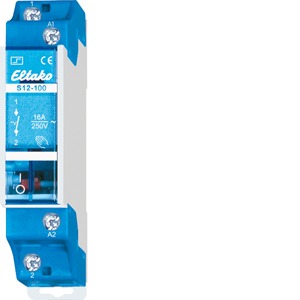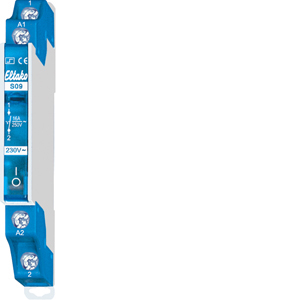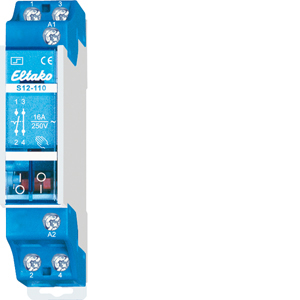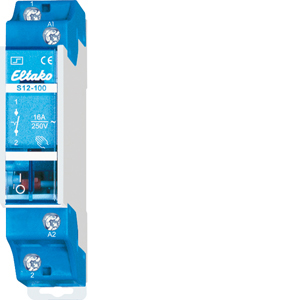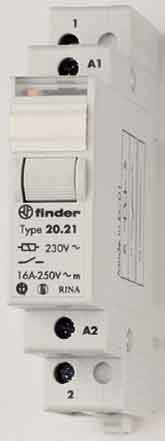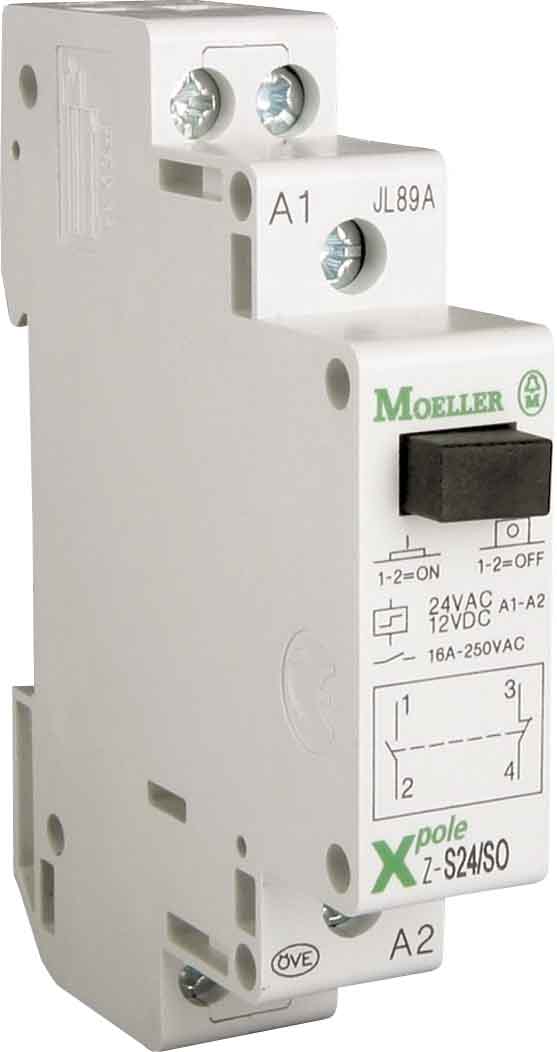impulse switch
Reliable control for lighting and systems: simple, efficient, and flexible
In-line switches are the ideal solution when a load, such as a light or outlet, needs to be switched from multiple locations. They are used in residential buildings, industrial facilities, and commercial applications, offering a space-saving, energy-efficient alternative to conventional cross or changeover switches.

- Comprehensive advice & support
- over 10,000 articles in the shop
- Shipping in 24 hours
- thousands of satisfied customers

KATHRIN BRANDT
Employee Purchasing from TroisdorfGreat advice and friendly service. I was helped immediately and competently with any questions. Gladly again.

OMAR NASER
Office Manager from Frankfurt a.M.Goods are well packaged and arrive safely, which is important to me. My mail was answered immediately.

RAINER SEIDEL
Master carpenter from WiesbadenHad to replace a lamp, but the same was no longer available. Great advice, found a suitable replacement and delivered it quickly.
What is a pulse switch?
A pulse switch, also known as an impulse switch, is an electrical switching device that changes its switching state with each short control pulse – from “on” to “off” or vice versa. The switch operates in a bistable manner, meaning it retains its last state even after the voltage is switched off.
Typical areas of application are corridors, stairwells, or large rooms with several control points. Here, the impulse switch allows a consumer – for example, the lighting – to be switched from several buttons.
In contrast to a conventional two-way switch, a central switch actuator is sufficient, to which any number of buttons can be connected. This significantly reduces the amount of wiring required.
Function
The way an impulse switch works is simple, but technically sophisticated:
- When a button is pressed, it sends a short control pulse to the impulse switch.
- The relay in the device then switches to the opposite state (on ↔ off).
- The switching state remains until another pulse is triggered.
This allows a consumer to be conveniently controlled with several buttons connected in parallel – without complex cross-connections
Advantages at a glance:
- Easy retrofitting and expansion of existing installations
- Less wiring required than with cross or changeover circuits
- Centralized control in the distribution board or as a flush-mounted variant
- Suitable for many applications: lighting, sockets, ventilation systems
Eltako impulse switches are particularly popular and are known for their durability and high switching capacity.
Example: Surge switch circuit diagram
The circuit diagram below shows the typical structure of a surge circuit with several push buttons, a central surge switch, and a group of lights as consumers: Functionality of the circuit diagram shown:
- The phase (L) is connected in parallel to all push buttons.
- Each push button is connected so that when it is pressed, it sends a pulse to the control connection of the current surge switch.
- The neutral conductor (N) is connected directly to the current surge switch and the light.
- The protective conductor (PE) is connected to all metal housing parts and lights.
- The current surge switch takes over the actual switching of the lights. Each time the button is pressed, it changes its state – the lamp switches on or off.
Advantage of this circuit:
All buttons work in parallel and only send a control pulse. This allows you to install as many buttons as you like – e.g., on different doors or floors – without the wiring effort of a cross circuit.
Note:
The connection designations differ depending on the device (e.g., A1/A2 or terminal 1/2). Therefore, always refer to the data sheet of the respective impulse switch when connecting.
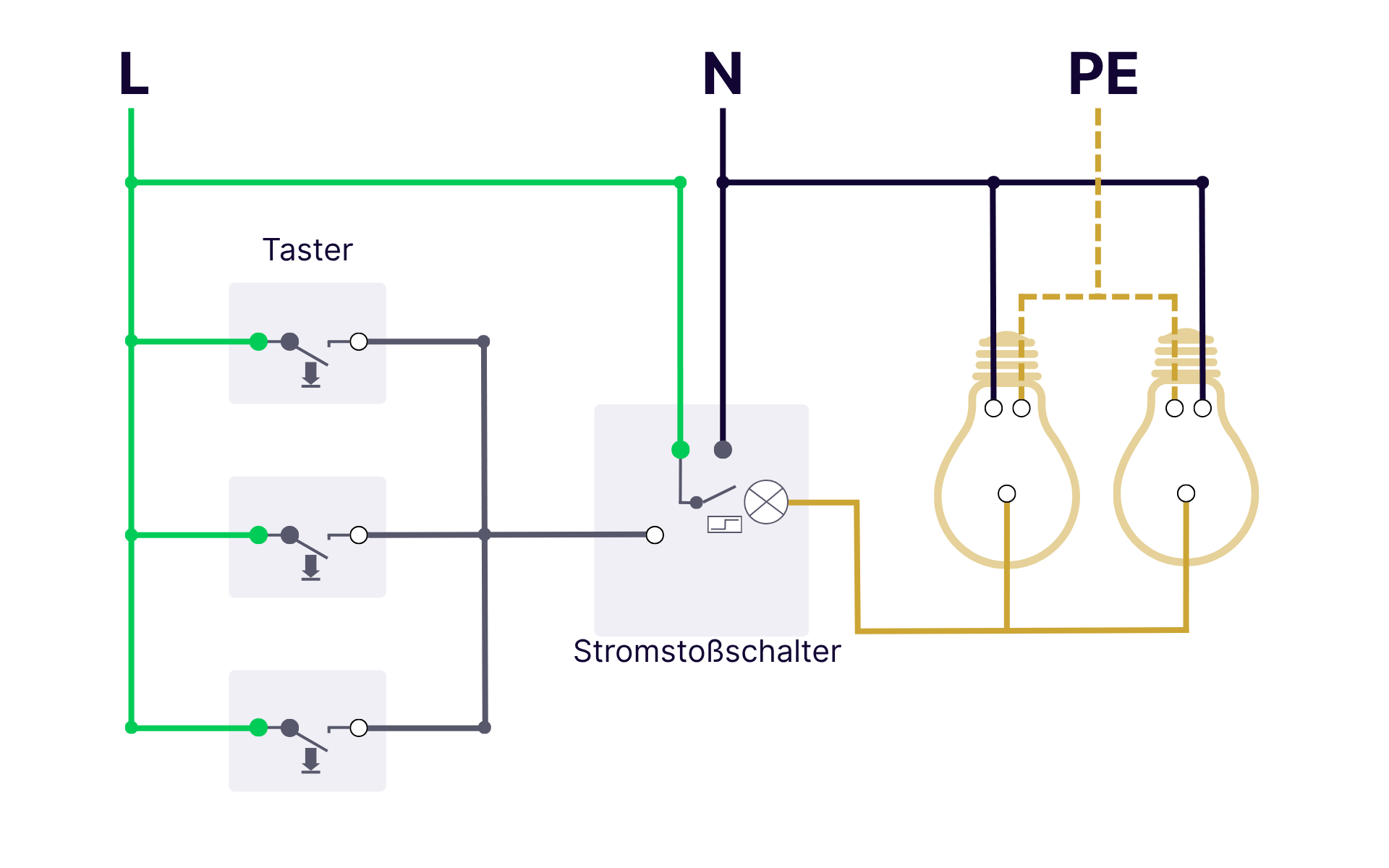
Installation and connection
The surge switch can be installed in the distribution board (top-hat rail) or as a flush-mounted surge switch. Installation instructions
- Switch off the power: Before starting work, switch off the fuse and check that there is no voltage.
- Determine position: Install the current surge switch in the distribution board or flush-mounted.
- Connect cables:
- Connect phase (L) to the input of the current surge switch.
- Connect the consumer cable to the switch output.
- Connect the control cable(s) from the pushbuttons to the coil of the switch.
- Connect push buttons in parallel: All push buttons are connected in parallel to the control circuit.
- Check function: After switching on, each push button press should change the switching state.
Important note
Work on electrical systems may only be carried out by qualified electricians. Improper connection can lead to dangerous malfunctions, short circuits, or electric shocks.
Conclusion
Surge switches offer an intelligent solution for modern electrical installations. They enable convenient switching of consumers via multiple control points, save installation costs, and can be flexibly expanded.
Whether in residential buildings, office buildings, or industry, surge switches are a proven and future-proof technology thanks to their compact design, long service life, and central control options.
At WATT24, you will find a large selection of surge switches from leading manufacturers, including Eltako surge switches in various designs for almost every area of application.
FAQ
What is the difference between a surge switch and a light switch?
A light switch directly interrupts or closes the circuit. A surge switch is controlled by a pulse and switches the consumer centrally – ideal for multiple switching points.
How many buttons can I connect?
Any number. All buttons are wired in parallel and control the same switch actuator.
Can I connect a power surge switch myself?
Only if you have sufficient technical knowledge. Connection is not recommended for laypeople, as it involves working with mains voltage.
Are there flush-mounted power surge switches?
Yes. Flush-mounted power surge switches are compact versions that can be installed directly behind a push button or in a junction box.
How does an Eltako surge switch work?
Eltako surge switches are usually electronic and particularly quiet. Depending on the model, they can be operated universally with 8–230 V and offer additional functions such as switch-on delay or central control.


